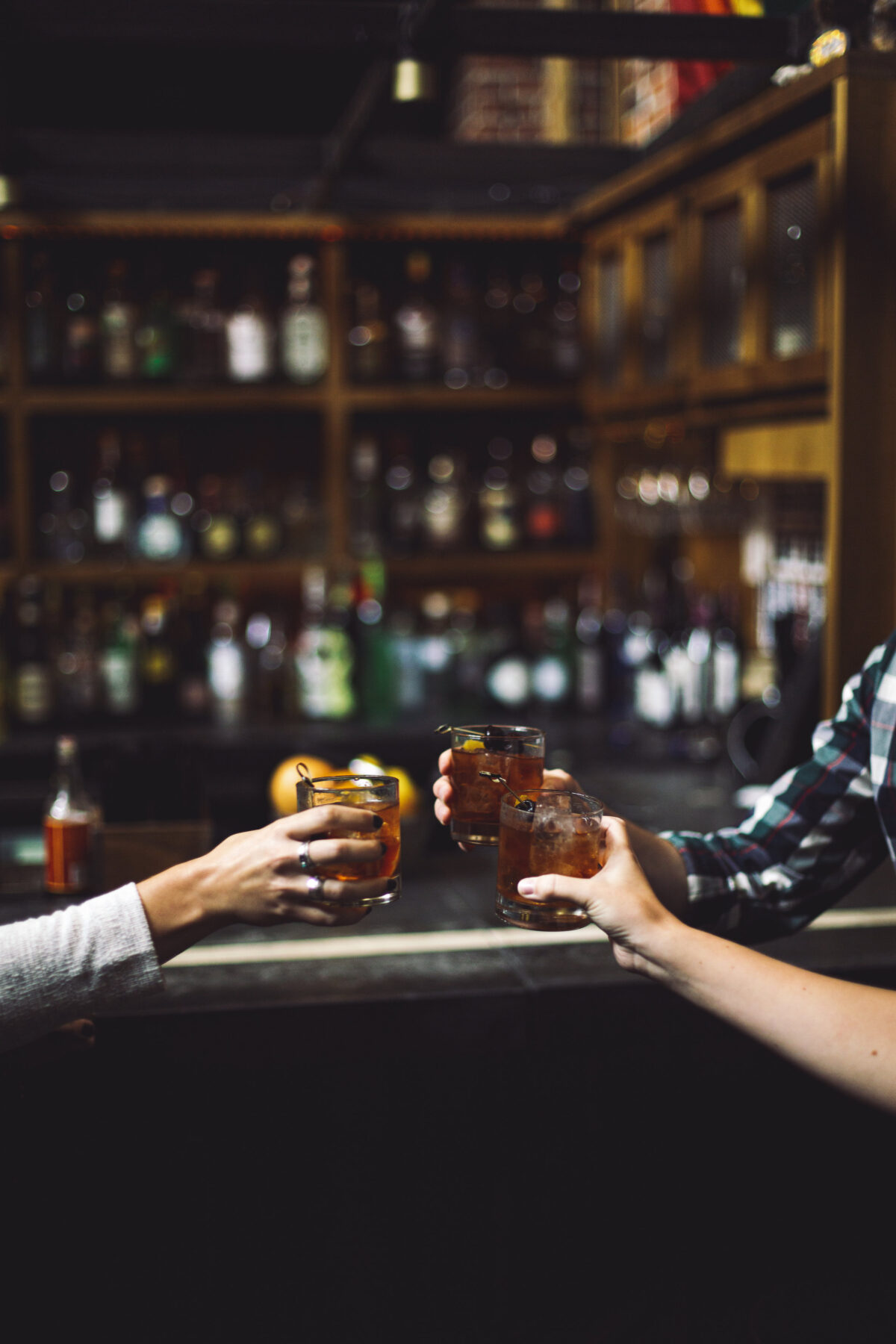New Recipes

Gears are turning, and it’s likely I’ll have regular gigs again.
In the midst of the pandemic, I’m asking myself what entertainment even means. Ask the crowd to throw their worries away, and live care-free while they sway along to our groovy tunes? As a nation, we’re more fractured than ever before. Over the years, my band has made efforts to steer away from material or themes that are political. Now, it seems the mere act of standing close to me without a mask…is political? Or merely ignorant? How much does somebody have a right to be ignorant in the midst of a health-crisis? By accepting a gig in a public space, am I dishonoring the efforts of those who valiantly quarantine?
Here’s my loose plan, that still has a modicum of honor in it. We’re all craving human connection. While we’re discouraged from congregating, anybody who walks into a bar isn’t looking for alcohol. They want people. They want to feel alive.
So make people feel alive. I’m going to reprint a section of Consider This, Chuck Palahniuk’s semi-autographical manual for writing.
Think of a story as a stream of information. At best it’s an ever-changing series of rhythms. Now think of yourself, the writer, as a DJ mixing tracks.
The more music you have to sample from (the more records you have to spin) the more likely you’ll keep your audience dancing. You’ll have more tricks to control the mood. To calm it down to a lull. Then to raise it to a crescendo. But to always keep changing, varying, evolving the stream of information so it seems fresh and immediate and keeps the reader hooked.
If you were my student I’d want you to be aware of the many different “textures” of information at your disposal. These are best defined by the examples that follow.
When telling a story, consider mixing any or all of the following:
…description, instruction, exclamation (onomatopoeia)…
…Three parts description. Two parts instruction. One part onomatopoeia. Mix to taste.
Okay, then. New recipes for entertainment. The above recipe is reversed for musicians. The onomatopoeia is our singing, our music. That’s dominant, that’s three parts. Two parts instruction? I get this, it’s telling the crowd what to do . Giving them enough structure so they understand when to clap, when to sing along, when it’s okay to laugh, and -crucially- when to applaud when you’re done.
The “description” I’m very guilty of overdoing. This is elaborating to your audience about context, exposition, or any other education. Done wrong, it’s condescending. Done right, it’s a good quick story, with it’s own pace and recipe. So instead of three parts description, this should be minimized. It’s still important, because it develops that human connection I was waxing about. It humanizes the performer.
That’s extra important if you’re performing for droves of strangers. They are lost, confused, scared. They want humans.
Here we come.
